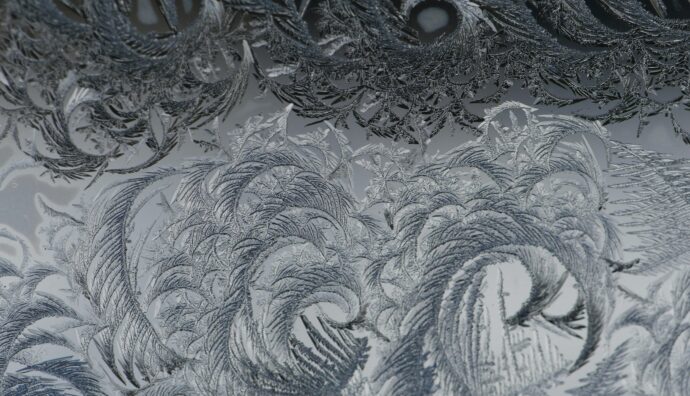Why is geometry often described as cold and dry?
One reason lies in its inability to describe the shape of a cloud, a mountain, a coastline, or a tree. Clouds are not spheres, mountains are not cones, coastlines are not circles, and bark is not smooth, nor does lightning travel in a straight line.
— Benoît Mandelbrot, The Fractal Geometry of Nature
Martial arts, along with many other activities, aim to offer an experiential path of personal growth, of relationship, of discipline. Of harmony.
Harmony: that siren with a Greek name and an Eastern call. Its name evokes art, cherry blossoms, the composed manners and mechanical precision that shape Eastern social life.
For those living in chaos -in disordered societies, among dysfunctions, complicated relationships, and historically turbulent times – the call to harmony is powerful.
Let’s ask ourselves three questions.
Is it possible to speak of harmony to someone who lives in chaos?
What experience of grounding and stability – concepts that are quite common and central to martial arts – does a child or teenager have who is shuttled like a package between mom’s house and dad’s house, dropped off at school by one grandparent and picked up by a “new” grandpa?
What experience of intention and connection does an adult have who lives in full uncertainty, bound to the volatility of a job made up of transfers, repositioning, and often, demotion?
What idea of community can a young person have who is progressively isolating themselves, or a person who is slowly being pushed to the margins?
These are just a few examples, a few of many open questions. Questions that help us understand how there is clearly a hunger for serenity and harmony -and yet, at the same time, how difficult it is to speak of these things because there is no shared ground for dialogue.
At the same time, the experience of a Dojo -or in general, a place and time completely distinct- where one can physically and relationally experience dedication to oneself, listening, and calm, can communicate much more than a thousand words.
Can chaos be fought with geometry?
Let’s imagine a scribble, born into tangled lines, suddenly encountering clear lines and defined geometric shapes. Will it be convinced? Or will it label these new geometries as “chaos”?
Are we so sure that a geometric didactic approach -which inevitably leads to a purely physical expression of the discipline– is truly understood? Is it effective? Or is it simply one more layer added to the chaos, yet another thread in the complexity of the individual?
There is much talk about the loss of appeal of certain martial disciplines…
But if Mandelbrot’s quote is accurate, then we must admit that just as a cloud is not a sphere, a person and a relationship are not a kata nor a standalone technique.
A “cold and dry” discipline -to borrow Mandelbrot’s words- will create cold and dry people, at best. It certainly won’t dilute the chaos.
These might be people capable of saying, with words and technique, “Leave me in peace”.
Which is a bit different from people capable of being at peace.
Can chaos be used as an ally?
In martial arts, the concept of randori (乱取り) is common. It is significant that the first kanji, 乱, literally means “rebellion.” Chaos, from the Eastern perspective, is the result of rebellion against a pre-established order. Randori is the ability to flow through unstructured attacks (and it’s a pity to often see randori that are nothing more than complex kata memorized by heart).
“Grabbing the chaos” means to see it for what it truly is. For Mandelbrot, the chaotic nature of events is complex but not random -and therefore, what appears to be unpredictability is actually the sum of variables from the past that influence the trajectory of future events.
Martial discipline -in our case, Aikido- is a tool for observing the present.
Training is a “pause” button in the flow of events, allowing us to understand what spaces of freedom exist within chaos. What real possibilities for action and areas of personal improvement are within reach.
Understanding that kaizen -personal improvement practiced as a continuous habit- is the tool that smooths out the rough edges we drag from the past gives martial practice a much broader perspective than any technical framework could offer.
It restores to the discipline and authority of the teacher the proper role of a compass, guiding constant work.
A kind of work that does not try to eliminate chaos by installing some improbable “bushido 4.0” in our lives, making us even more disconnected from reality than we already are.
Rather, it’s an attitude that forces us to look our reality in the face, to prune what is objectively not functional in our existence, and to allow us to experience the one essential ingredient for surfing chaos: freedom.
Disclaimer: Picture by Jessica Lewis 🦋 thepaintedsquare from Pexels

